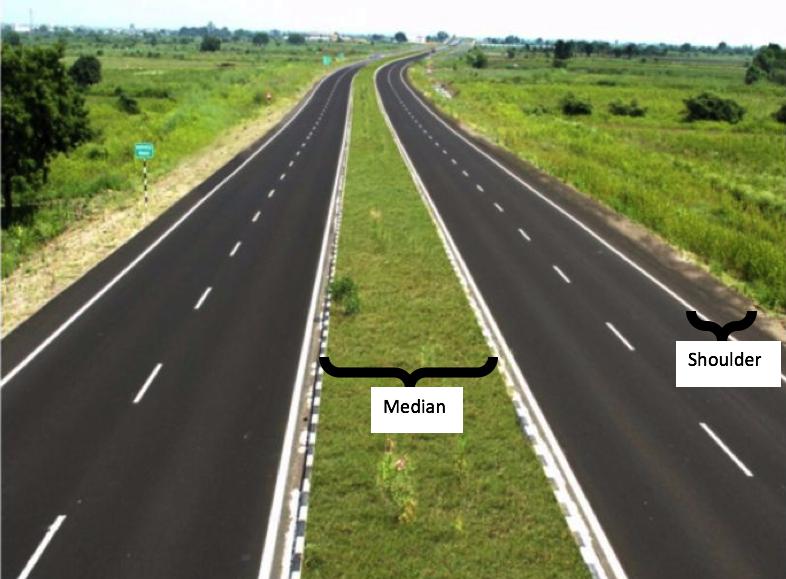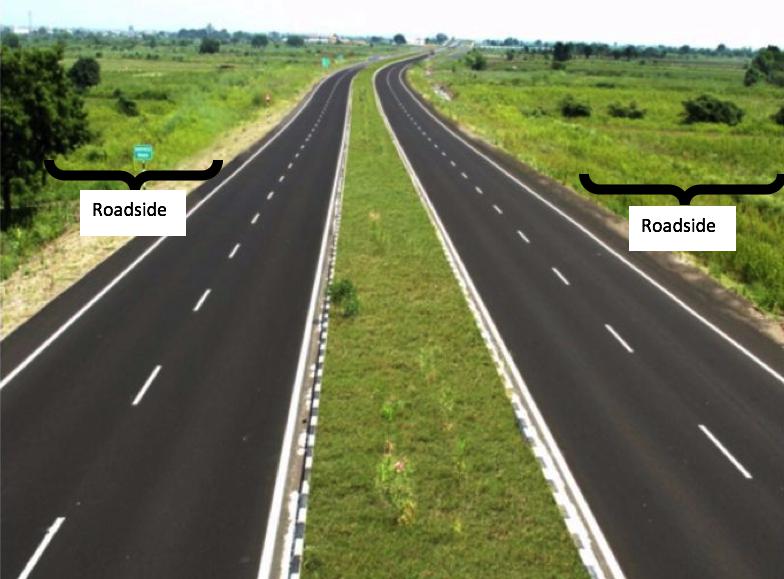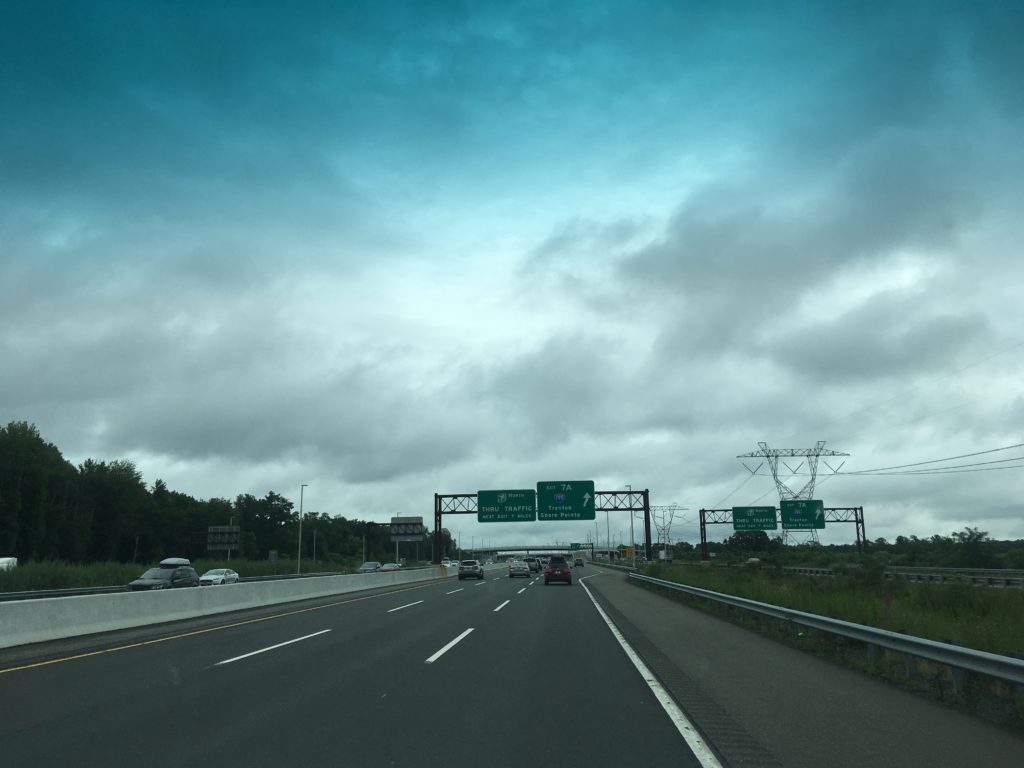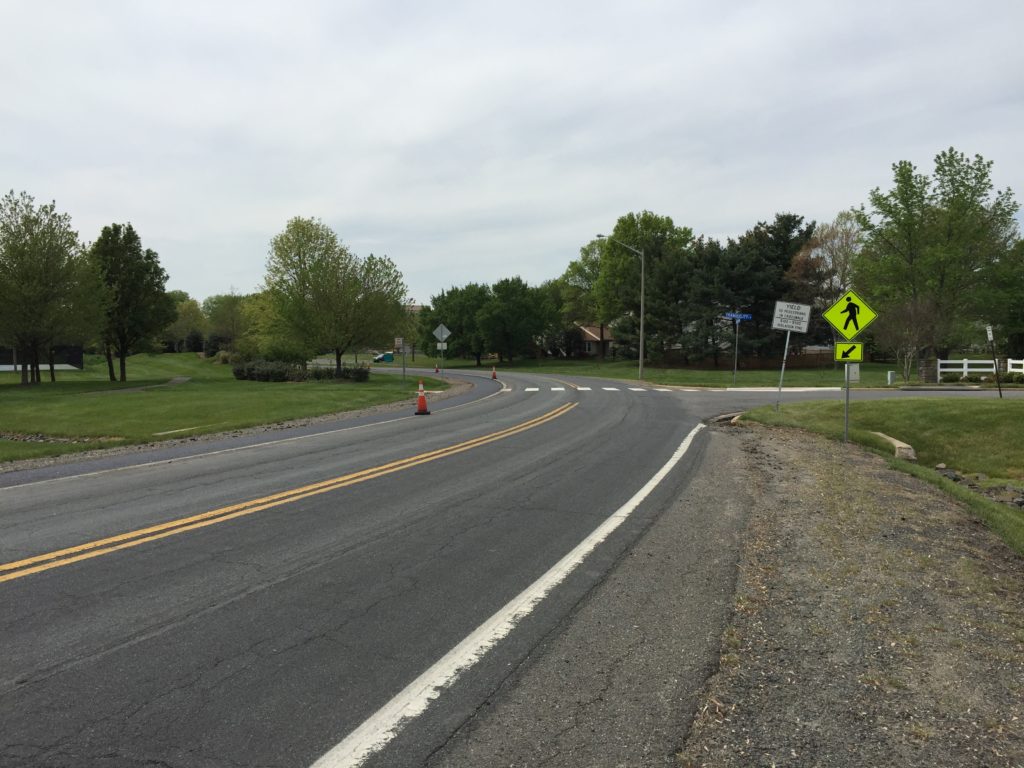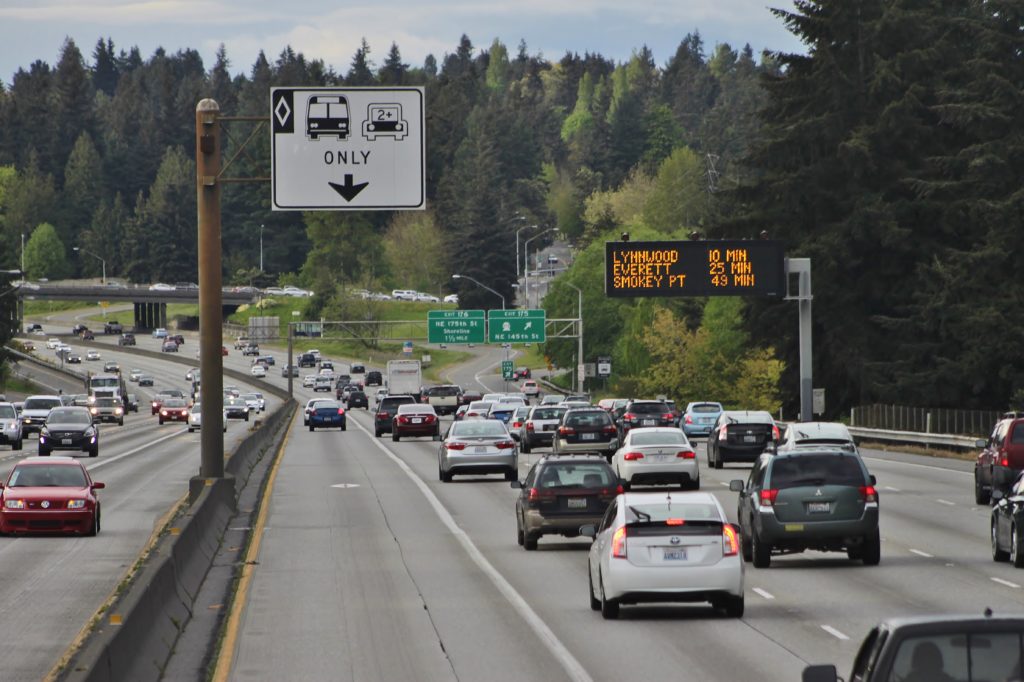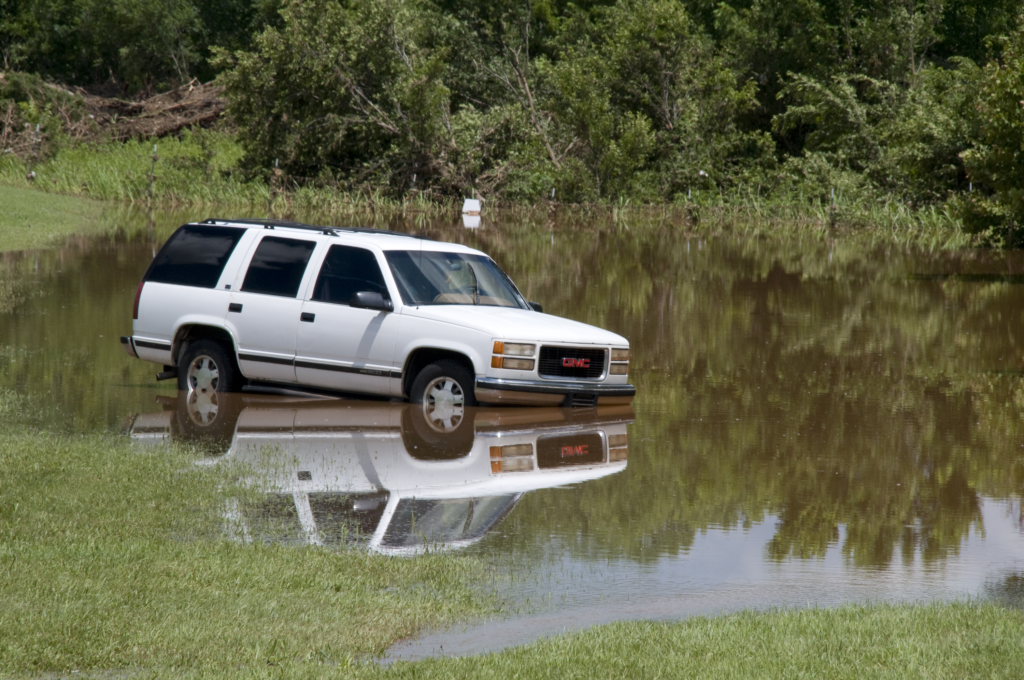Instructions:
Select the appropriate characteristic that best describes the location of the first harmful event.
Definition:
The location of the first harmful event as it relates to its position within or outside the trafficway.
Rationale:
This element is important for identifying highway geometric deficiencies.
FAQ
What is the difference between the ‘roadside’ and the ‘shoulder’?
The ‘shoulder’ is the area immediately adjacent to the roadway, which may or may not be present. The ‘roadside’ is the area beyond that.
Accuracy Checks
- If First Harmful Event indicates collision with a ‘barrier’, ‘curb’, ‘ditch’, ’embankment’, ‘guardrail’, ‘traffic control device’, or ‘utility pole’ ‘light pole or other post/support’, then First Harmful Event Location should not be ‘roadway’.
Other Related Fields
Data Quality Audit Results
| Report Type | Acceptable | Inconsistent | Invalid | Empty | ||||
| Local Police (electronic) | 336 | 93.9% | 11 | 3.1% | 2 | 0.6% | 9 | 2.5% |
| Local Police (paper) | 332 | 92.0% | 16 | 4.4% | 4 | 1.1% | 9 | 2.5% |
| State Police (electronic) | 316 | 94.6% | 12 | 3.6% | – | – | 6 | 1.8% |
| Total | 984 | 93.4% | 39 | 3.7% | 6 | 0.6% | 24 | 2.3% |
The First Harmful Event Location field was completed appropriately for 93 percent of the reports reviewed. Of the portion that was considered unacceptable, almost 4 percent had issues with consistency, and slightly more than 2 percent had an empty field. Among the different police agency types and reporting methods (paper vs. electronic), the variation was minimal. Auditors representing law enforcement commented on confusion regarding the difference between roadway and roadside, and suggested further clarification on this distinction. In general, the inconsistencies were due to contradictory information in the narrative. There were no appreciable differences in findings since the previous 2005 audit.


